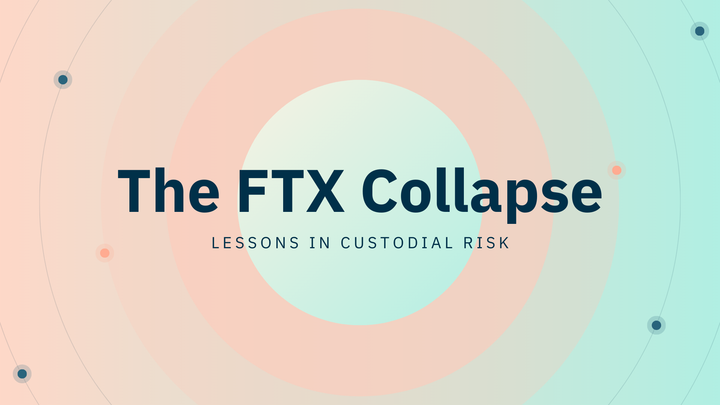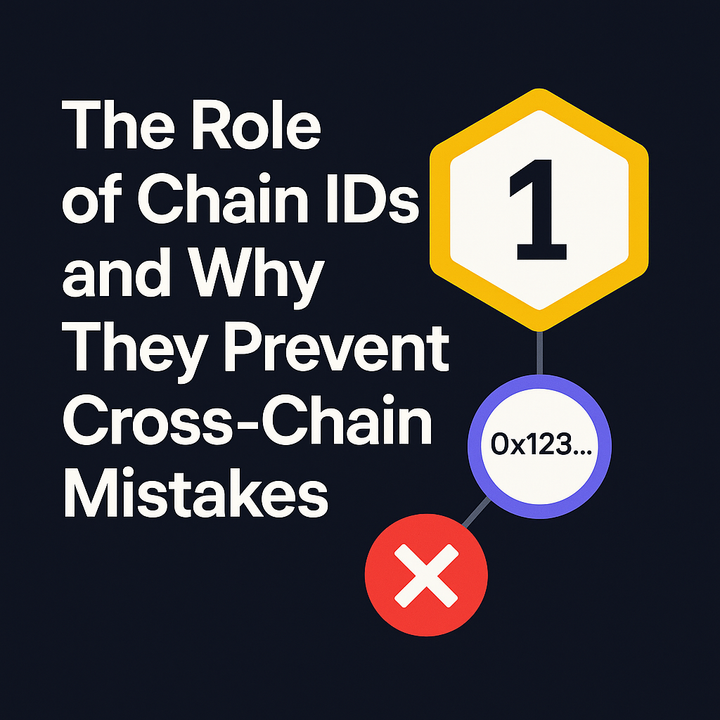Mitosis: Revolutionizing Blockchain with Cosmos SDK and CometBFT Consensus

The blockchain landscape is evolving rapidly, with new platforms emerging to address scalability, interoperability, and efficiency challenges. Mitosis, a cutting-edge blockchain protocol, is at the forefront of this revolution, leveraging the robust Cosmos SDK and the high-performance CometBFT consensus mechanism.
Built on the Cosmos ecosystem, Mitosis combines modularity, speed, and interoperability to create a decentralized network tailored for modern applications. By harnessing the power of Cosmos SDK’s flexible framework and CometBFT’s instant-finality consensus, Mitosis offers a scalable and developer-friendly environment that redefines how blockchains operate.
This article explores three core aspects of Mitosis: its use of Cosmos SDK for modular blockchain development, the efficiency of CometBFT’s Proof-of-Stake (PoS) consensus, and its role in fostering interoperability within the Cosmos ecosystem, and how these elements position Mitosis as a game-changer in the blockchain space.
Cosmos SDK: A Modular Framework for Scalable Blockchain Development
The Cosmos SDK is the backbone of Mitosis, providing a modular and customizable framework for building application-specific blockchains. Unlike traditional monolithic blockchains, where all functionalities (consensus, state management, and application logic) are tightly coupled, the Cosmos SDK allows developers to create tailored blockchains, or "app-chains," with specific use cases in mind. Mitosis leverages this modularity to optimize its architecture for performance and flexibility. Developers can plug in pre-built modules for features like token transfers, staking, or governance, or create custom modules to suit unique application needs, reducing development time and complexity.
This modularity is particularly valuable for scalability. By separating the application layer from the consensus and networking layers, Mitosis can process transactions more efficiently, avoiding the bottlenecks seen in earlier blockchain systems like Ethereum. For instance, the SDK’s state machine, Tendermint Core, allows Mitosis to handle high transaction throughput while maintaining security.
Furthermore, the Cosmos SDK’s use of the Inter-Blockchain Communication (IBC) protocol enables Mitosis to integrate seamlessly with other Cosmos-based chains, fostering a network of interconnected blockchains. This developer-centric approach empowers Mitosis to support a wide range of decentralized applications (dApps), from DeFi platforms to NFT marketplaces, making it a versatile solution for the Web3 era.
CometBFT: High-Performance Proof-of-Stake Consensus with Instant Finality
At the heart of Mitosis’s performance lies CometBFT, an advanced Proof-of-Stake (PoS) consensus engine that evolved from Tendermint Core. CometBFT is designed for speed, security, and finality, addressing the limitations of traditional consensus mechanisms like Proof-of-Work (PoW). Unlike PoW, which requires energy-intensive mining, CometBFT’s PoS model relies on validators who stake tokens to secure the network, making it more energy-efficient and environmentally sustainable. Mitosis benefits from CometBFT’s rapid block times, often achieving sub-second transaction confirmations, which is critical for applications requiring real-time interactions, such as gaming or payment systems.
One of CometBFT’s standout features is its instant finality. Once a block is proposed and validated, it is immediately finalized, eliminating the risk of chain reorganizations seen in probabilistic finality systems like Bitcoin or Ethereum. This ensures that transactions on Mitosis are secure and irreversible within seconds, thereby enhancing user trust and enabling high-stakes use cases, such as financial settlements.
Additionally, CometBFT’s Byzantine Fault Tolerance (BFT) ensures the network remains secure even if up to one-third of validators act maliciously. By combining PoS efficiency with BFT security, Mitosis delivers a consensus mechanism that is both robust and scalable, positioning it as a leader in next-generation blockchain performance.
Interoperability: Bridging Blockchains in the Cosmos Ecosystem
Interoperability is a cornerstone of Mitosis’s design, enabled by its integration with the Cosmos ecosystem and the Inter-Blockchain Communication (IBC) protocol. The Cosmos ecosystem is often described as the “Internet of Blockchains,” allowing independent blockchains to communicate and exchange data seamlessly.
Mitosis leverages IBC to connect with other Cosmos-based chains, enabling cross-chain asset transfers, data sharing, and collaborative smart contracts. This interoperability addresses a critical pain point in the blockchain industry, where siloed networks like Ethereum and Bitcoin cannot easily interact.
For example, a DeFi application on Mitosis can interact with a lending protocol on another Cosmos chain, creating a seamless user experience across ecosystems. This connectivity fosters a vibrant network effect, where the value of Mitosis grows as more chains join the Cosmos hub.
Additionally, Mitosis’s interoperability extends beyond Cosmos, as the ecosystem’s bridges to non-Cosmos chains (like Ethereum or Polkadot) allow for broader cross-chain interactions. By prioritizing interoperability, Mitosis empowers developers to build applications that transcend individual blockchain limitations, unlocking new possibilities for decentralized finance, supply chain management, and more.
Conclusion
Mitosis stands out as a revolutionary blockchain protocol, leveraging the Cosmos SDK and CometBFT consensus to deliver a scalable, efficient, and interoperable platform. The Cosmos SDK’s modular framework enables developers to build customized, high-performance blockchains tailored to specific use cases, while CometBFT’s PoS consensus ensures rapid transaction finality and robust security.
Furthermore, Mitosis’s integration with the Cosmos ecosystem via IBC fosters seamless interoperability, connecting it to a growing network of blockchains. These features collectively position Mitosis as a powerful tool for developers and businesses seeking to harness the potential of decentralized technologies.
Key takeaways include Mitosis’s ability to streamline blockchain development through modularity, its unmatched performance in transaction speed and security, and its role in creating a connected blockchain ecosystem. As the demand for scalable and interoperable solutions grows, Mitosis is well-positioned to lead the charge.
What role will Mitosis play in shaping the future of decentralized applications, and how will its innovations influence the broader blockchain industry? By addressing these questions, Mitosis invites developers, businesses, and users to explore a new era of blockchain possibilities, where flexibility, speed, and connectivity redefine what’s possible in Web3.



Comments ()